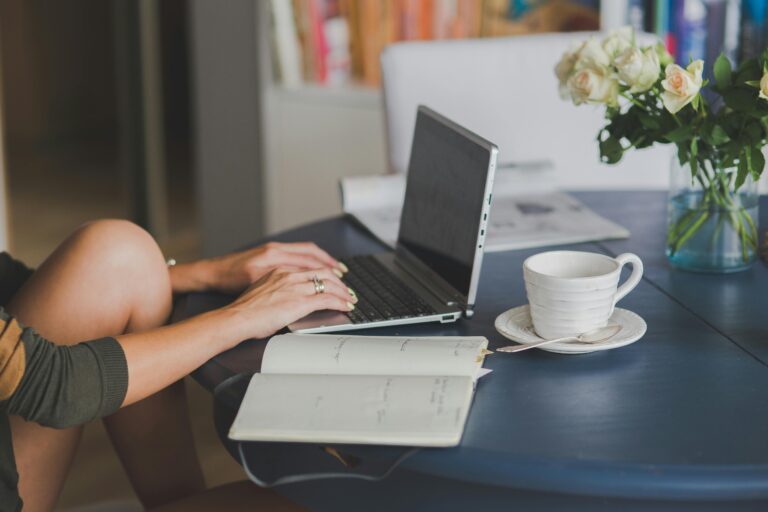Can Turnitin Identify Caktus AI Content?
As technology continues to advance, the realm of academic integrity faces new challenges, particularly concerning tools like Caktus AI designed to generate content.
In this article, we explore the capabilities of Turnitin in detecting content produced by Caktus AI and delve into the underlying mechanisms that contribute to its effectiveness.
Detection of AI-Generated Content
- Turnitin is not designed to specifically recognize individual content generation tools like Caktus AI.
- Instead, it focuses on identifying patterns indicative of plagiarism or improper citation.
- If content produced by Caktus AI closely resembles existing sources in Turnitin’s database, it may trigger similarity alerts.
What is Caktus AI?
- As students and educators strive for academic integrity, the question of whether plagiarism detection software such as Turnitin can detect advanced tools like Caktus AI arises.
- Caktus AI is an artificial intelligence-based program that claims to help students generate original content for their assignments.
Can Turnitin Identify Content Created by Caktus AI?
- Turnitin is a widely used plagiarism detection software that compares submitted documents against an extensive database of academic and online sources.
- Its sophisticated algorithms analyze the text for similarities and provide instructors with a similarity score indicating potential instances of plagiarism.
- While Turnitin is effective in identifying text that has been directly copied, paraphrased, or improperly cited, its capabilities in detecting content produced with the help of AI tools like Caktus AI are more limited.
Caktus AI, on the other hand, utilizes machine learning algorithms and natural language processing to generate new content. It claims to produce original work by leveraging pre-existing text available on the internet.
By analyzing the context and structure of given prompts, Caktus AI aims to create unique compositions. However, it is crucial to note that using AI-generated content without proper attribution is still considered plagiarism and is against academic integrity policies.
If Caktus AI is a tool or service that generates content, whether it be for paraphrasing or other purposes, Turnitin would likely assess content produced by Caktus AI in the same way it evaluates content generated by other sources.
Turnitin looks for similarities in language, structure, and ideas to identify potential matches with existing content in its database.
Limitations and Consideration
- The effectiveness of Turnitin in detecting AI-generated content largely depends on how sophisticated the AI tool is.
- AI technologies are constantly evolving, making it challenging for plagiarism detection software to keep up.
- Turnitin’s algorithms primarily rely on identifying similarities between submitted documents and existing sources, which may not always include AI-generated content.
- Therefore, Turnitin may have limited success in identifying if a student has used Caktus AI specifically.
The Purpose of plagiarism Detection Software
However, it is important to understand that the purpose of plagiarism detection software is not solely to catch specific AI tools but rather to flag instances of plagiarism or improper citation.
Turnitin can still identify other forms of academic misconduct, such as direct copying from online sources, improper paraphrasing, or using someone else’s work without proper attribution.
Constantly Evolving Software
- Educators and institutions are continuously adapting their methods to combat plagiarism, including exploring new technologies and updating their plagiarism detection systems.
- It is possible that as AI tools become more prevalent and sophisticated, plagiarism detection software, like Turnitin, will also evolve to better identify AI-generated content.
Conclusion
While Turnitin is a powerful tool in maintaining academic integrity, its capability to detect content generated by specific tools like Caktus AI is indirect. The focus is on identifying patterns and similarities indicative of plagiarism or inadequate citation.
Students and educators should be aware of the intricacies of Turnitin’s functionality, understanding that responsible use of AI-generated content, proper citation practices, and an awareness of plagiarism guidelines are paramount in upholding academic integrity.






